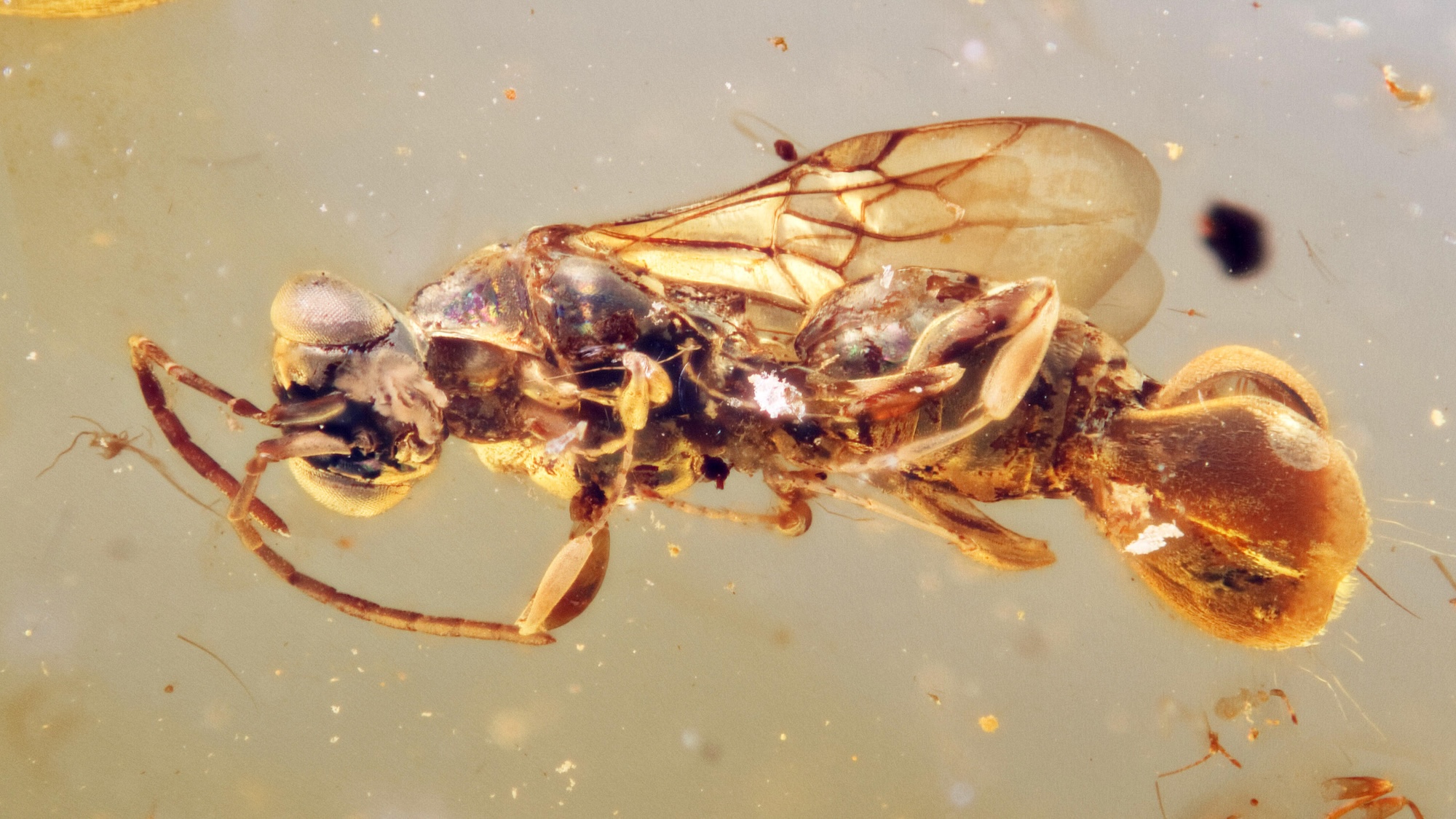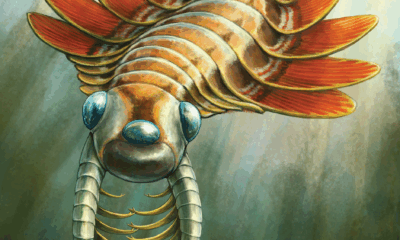Gadgets
This ancient ‘Venus fly-trap’ wasp used its butt to kill

Fossilized insects preserved in amber shed light on a fascinating but ultimately evolutionary dead-end that occurred sometime after the mid-Cretaceous period. A study published in BMC Biology on March 26 reveals insights from the examination of approximately 99-million-year-old specimens. Researchers discovered that an extinct wasp species, known as Sirenobethylus charybdis, possessed unique Venus flytrap-like abdomen appendages used for capturing and parasitizing other insects. This ancient parasitoid wasp would immobilize its prey and lay eggs inside them, showcasing a predatory strategy unlike any seen in modern insects.
The study, conducted by an international team from China’s Capital Normal University and the Natural History Museum of Denmark, identified distinguishing features of S. charybdis that set it apart from contemporary insect species. Analysis of 16 well-preserved female specimens found in northern Myanmar highlighted the distinct hind wing vein patterns of S. charybdis, suggesting that it may belong to a previously unknown insect family. This ancient wasp’s evolutionary path diverged significantly from present-day wasp species in the Chrysidoidea superfamily, such as cuckoo and bethylid wasps.
In addition to its unique hind wings, S. charybdis possessed a remarkable three-flapped abdominal structure resembling the leaves of a Venus flytrap. The lower paddle-like flap, adorned with hair-like bristles, was particularly distinctive in this ancient wasp species.
Describing the discovery, the research team noted, “The abdominal apparatus of Sirenobethylus is unlike anything previously reported from any extant wasp or indeed any insect known to us.”
Two hypotheses were proposed to explain the purpose of the unique anatomy. The first theory suggested that females used their jaw-like flaps to grip males during mating, although the absence of male specimens for study made this scenario uncertain.
The researchers then proposed a more unsettling explanation. S. charybdis likely utilized its appendages to trap potential hosts, injecting its eggs inside the captured prey. This predatory behavior involved immobilizing the victim until the eggs hatched, enabling the wasp to target more mobile insects. The presence of a stinger on the middle flap suggests that S. charybdis may have stung the helpless larvae as part of this parasitic process.
The exact extinction timeline of this terrifying wasp remains unclear, as does the reason for the disappearance of its unique appendages in later insect species. Nevertheless, the discovery highlights the evolution of parasitoid strategies in early Chrysidoidea species during the mid-Cretaceous period. For however long it roamed the Earth, S. charybdis lived up to its namesake, embodying the predatory nature of the mythical Greek sea monster Charybdis from The Odyssey.
Please rewrite the following sentence:
“The cat ran quickly across the street.”
“The feline sprinted swiftly down the road.”
-

 Destination8 months ago
Destination8 months agoSingapore Airlines CEO set to join board of Air India, BA News, BA
-

 Breaking News10 months ago
Breaking News10 months agoCroatia to reintroduce compulsory military draft as regional tensions soar
-

 Tech News12 months ago
Tech News12 months agoBangladeshi police agents accused of selling citizens’ personal information on Telegram
-

 Gadgets3 months ago
Gadgets3 months agoSupernatural Season 16 Revival News, Cast, Plot and Release Date
-

 Productivity11 months ago
Productivity11 months agoHow Your Contact Center Can Become A Customer Engagement Center
-

 Gadgets3 weeks ago
Gadgets3 weeks agoFallout Season 2 Potential Release Date, Cast, Plot and News
-

 Breaking News10 months ago
Breaking News10 months agoBangladesh crisis: Refaat Ahmed sworn in as Bangladesh’s new chief justice
-

 Toys12 months ago
Toys12 months ago15 of the Best Trike & Tricycles Mums Recommend
























